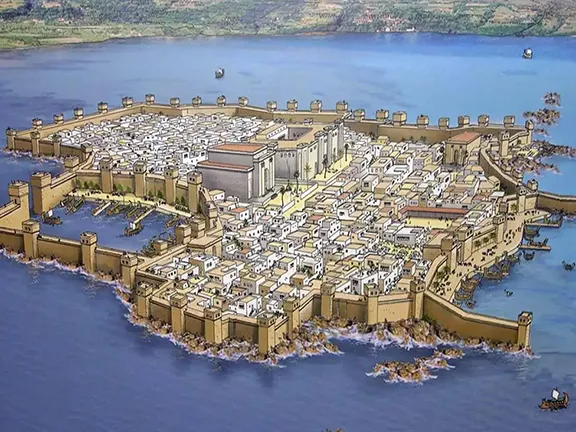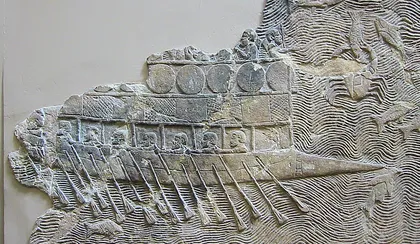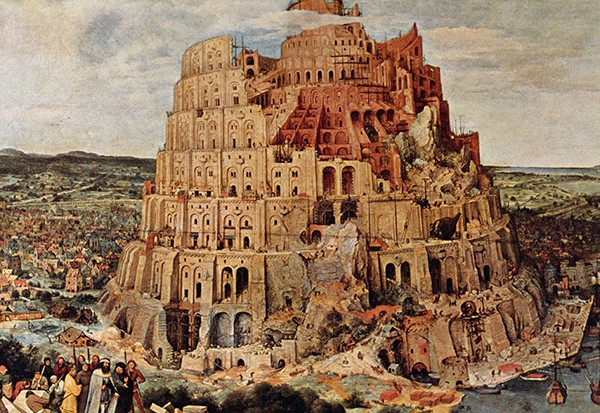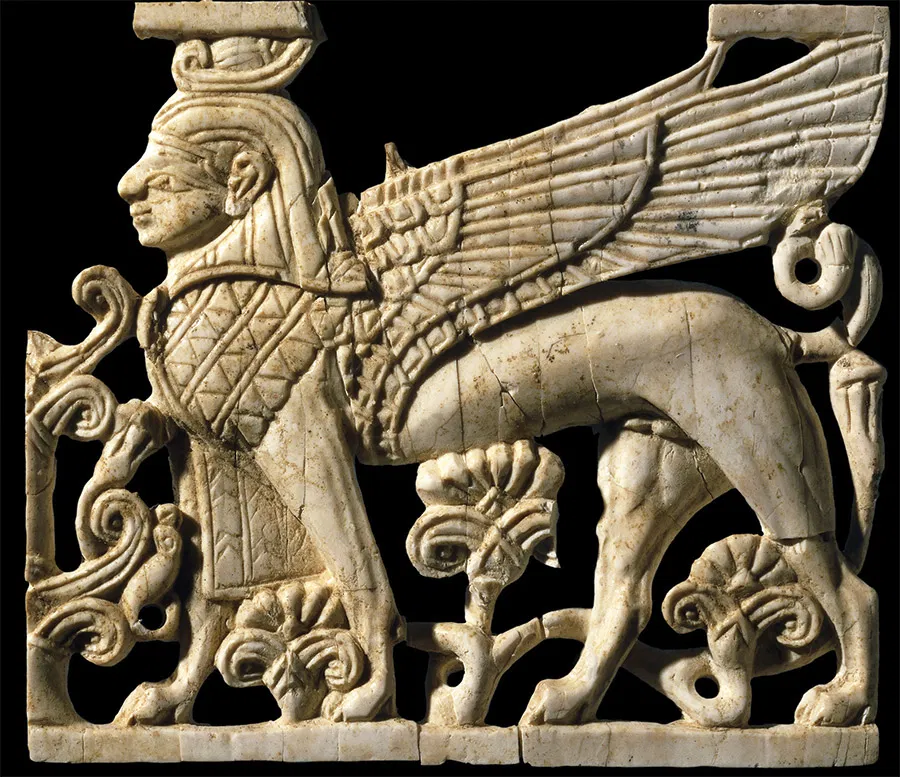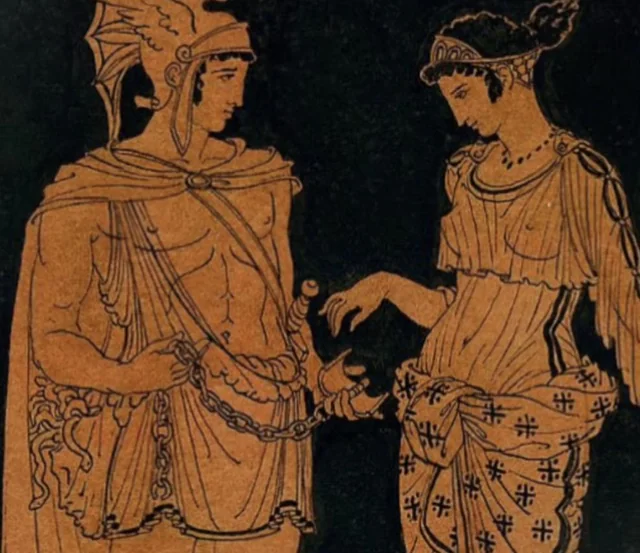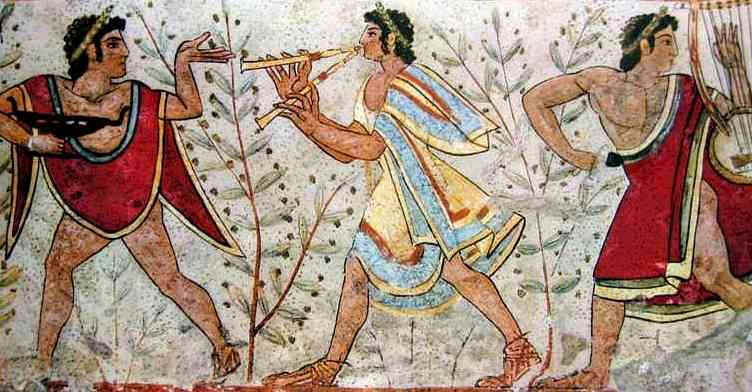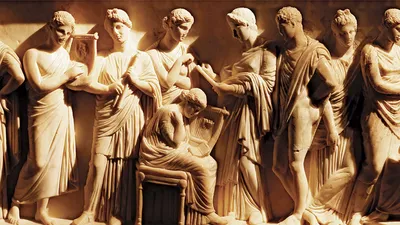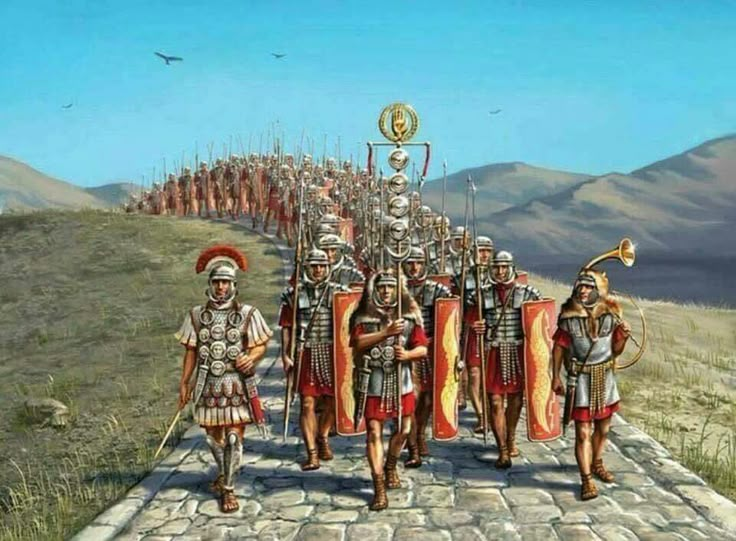Phoenicia
History of ancient people
The Phoenicians were originally a group of tribes living in the modern-day Lebanon region. These tribes banded together during the Bronze Age to form the first Phoenician city-states. Over time, these states grew larger and more powerful until they eventually became one of the greatest international powers of their day. They established settlements as far west as Spain, as far east as Cyprus, as far north as Turkey and as far south as North Africa — including Carthage (now Tunisia). Many of these colonies were eventually absorbed into other empires — like the Roman Empire in Italy or the Persian Empire in Cyprus. However, many have preserved some traces of their Phoenician heritage to this day.
Aegila island
Capraia Island, a large granite island off the coast of Tuscany, is home to a network of ancient Phoenician settlements. The Phoenicians were the first to discover Capraia around the year 1000 BC. They then called it Aegila. After this, it became an important Roman trade post. The island is part of the "Tuscan Archipelago", but it's very different from its neighbors like Elba or Giglio. It has almost no natural springs or vegetation, there are mostly rocks. So it's not an island you'd go to sunbathe or swim. It is, however, an amazing place to hike.
The first alphabet
The Phoenicians are remembered as great sailors, merchants and traders. They are also famous for their writing system, which is still used today by many cultures across the world. They took this alphabet from an older source, which has now been lost to history. The alphabet, which was made up of pictures that represented sounds, making it easier to learn than other systems such as Egyptian hieroglyphics. They spread their writing system through trade and colonization. The vast majority of words in the English language come from around half a dozen languages, and one of these is Phoenician.
